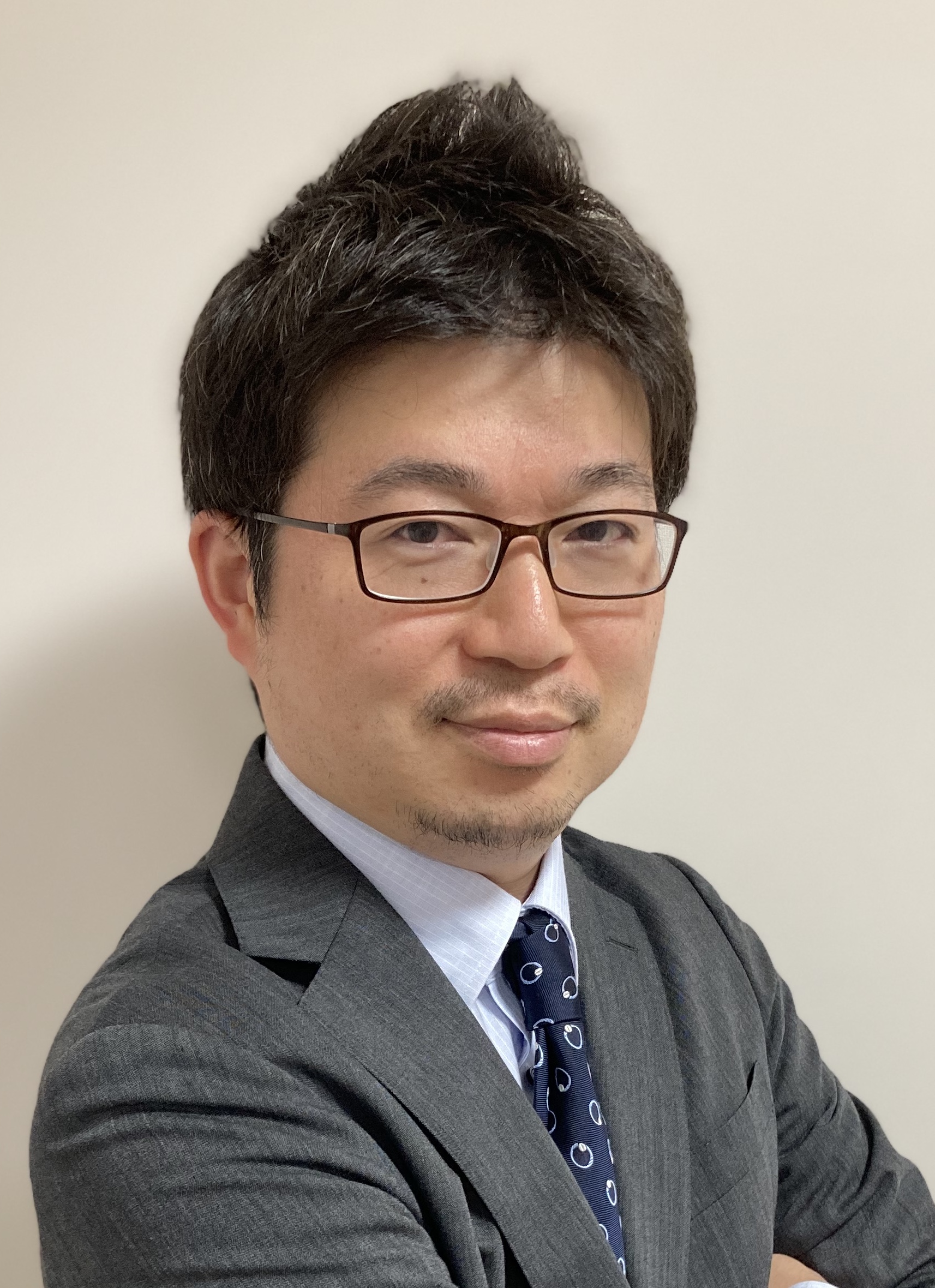Related Outline
During the life of an organism, maintaining tissue homeostasis and responding to environmental changes are essential mechanisms for ensuring the proper function of individual systems. The failure of these mechanisms can lead to a decline in function and various pathological conditions. My research group aims to understand the regulatory mechanisms that enable homeostasis and environmental response, with a particular focus on “cell-to-organismal-level plasticity.” To achieve this, we utilize Drosophila, a model organism with sophisticated genetic tools, and the small jellyfish Cladonema, which exhibit an acute response to environmental changes. We have revealed that cell plasticity and stem cell heterogeneity are key contributors to tissue structural maintenance, size control, and regenerative processes in various epithelial tissues. In this transformative research, we will explore the phenomenon of “organismal-level reorganization” observed in basal metazoans, including some jellyfish, to uncover the mechanisms behind their self-organization. To address this problem, we will employ cross-disciplinary approaches, integrating methods from developmental biology and cell biology.
Career
Yuichiro completed his PhD in Pharmaceutical Sciences in 2011 under the supervision of Prof. Masayuki Miura at The University of Tokyo. He pursued postdoctoral research with Dr. Matt Gibson at the Stowers Institute for Medical Research in the United States. In 2016, he was appointed as an Assistant Professor at the Frontier Research Institute for Interdisciplinary Sciences (FRIS), Tohoku University, where he established his research group. In 2021, he transitioned to The University of Tokyo as a Lecturer and was promoted to Associate Professor in 2024.
Representative Achievements
- Highly regenerative species-specific genes improve age-associated features in the adult Drosophila midgut
Nagai H, Adachi Y, Nakasugi T, Takigawa E, Ui J, Makino T, Miura M, *Nakajima Y.
BMC Biology 22(1):157 (2024)
DOI: 10.1186/s12915-024-01956-4 - Distinct stem-like cell populations facilitate functional regeneration of the Cladonema medusa tentacle
Fujita S, Takahashi M, Kumano G, Kuranaga E, Miura M, *Nakajima Y.
PLOS Biology 21(12): e3002435 (2023)
DOI: 10.1371/journal.pbio.3002435 - Nutrient-driven dedifferentiation of enteroendocrine cells promotes adaptive intestinal growth in Drosophila.
*Nagai H, Nagai LAE, Tasaki S, Nakato R, Umetsu D, Kuranaga E, Miura M, *Nakajima Y.
Developmental Cell, 58(18), 1764-1781 (2023)
DOI: 10.1016/j.devcel.2023.08.022 - siRNA-mediated gene knockdown via electroporation in hydrozoan jellyfish embryos
Masuda-Ozawa T, Fujita S, Nakamura R, Watanabe H, Kuranaga E, *Nakajima Y.
Scientific Reports 12(1): 16049 (2022)
DOI: https://doi.org/10.1038/s41598-022-20476-1 - Cell proliferation controls body size growth, tentacle morphogenesis, and regeneration in hydrozoan jellyfish Cladonema pacificum
Fujita S, Kuranaga E, and *Nakajima Y.
PeerJ. 7: e7579 (2019)
DOI: https://doi.org/10.7717/peerj.7579 - Junctional tumor suppressors interact with 14-3-3 proteins to control planar spindle alignment
*Nakajima Y, Lee ZT, McKinney SA, Swanson SK, Florens L, Gibson MC.
Journal of Cell Biology. 218(6):1824-1838 (2019)
DOI: https://doi.org/10.1083/jcb.201803116 - Epithelial junctions maintain tissue architecture by directing planar spindle orientation
Nakajima Y, Meyer EJ, Kroesen A, McKinney SA and *Gibson MC.
Nature, 500 (7462): 359-62 (2013)
DOI: https://doi.org/10.1038/nature12335 - Nonautonomous Apoptosis is Triggered by Local Cell Cycle Progression during Epithelial Replacement in Drosophila
Nakajima Y, Kuranaga E, Sugimura K, Miyawaki A and *Miura M.
Molecular and Cellular Biology, 31(12): 2499-2512 (2011)
DOI: https://doi.org/10.1128/MCB.01046-10

